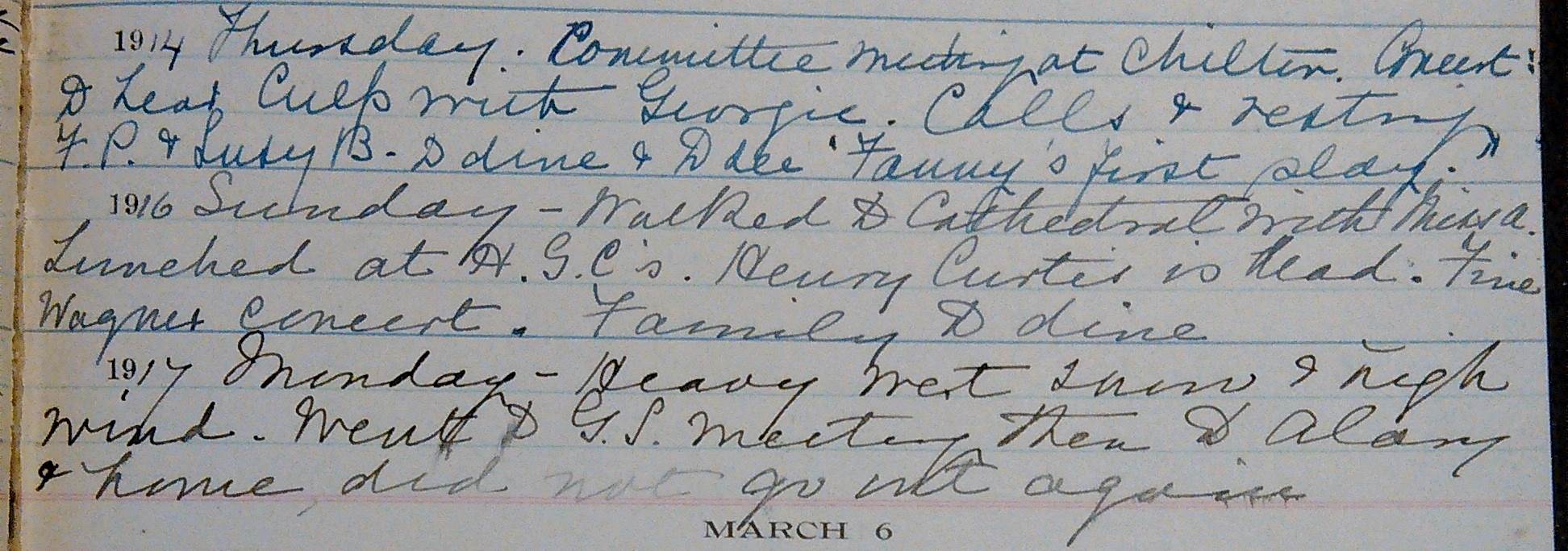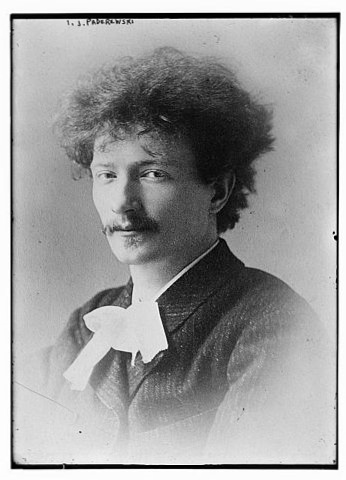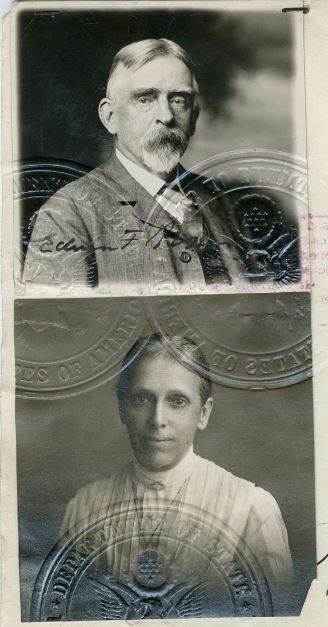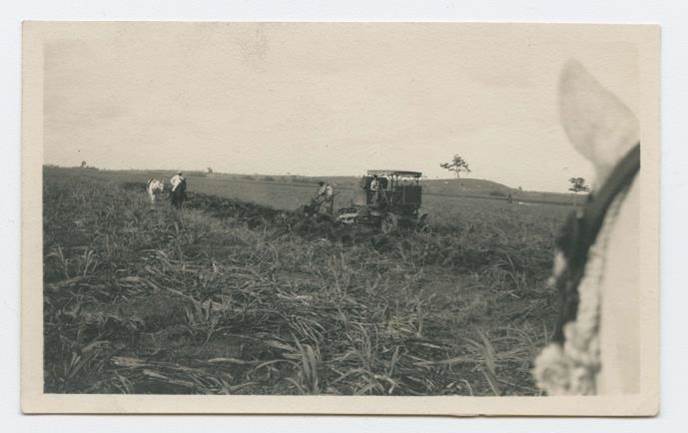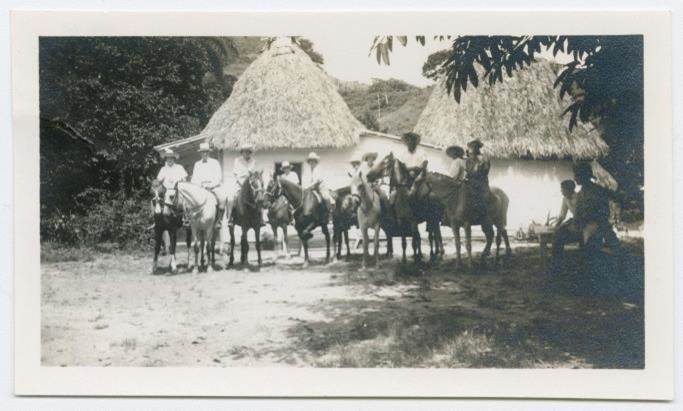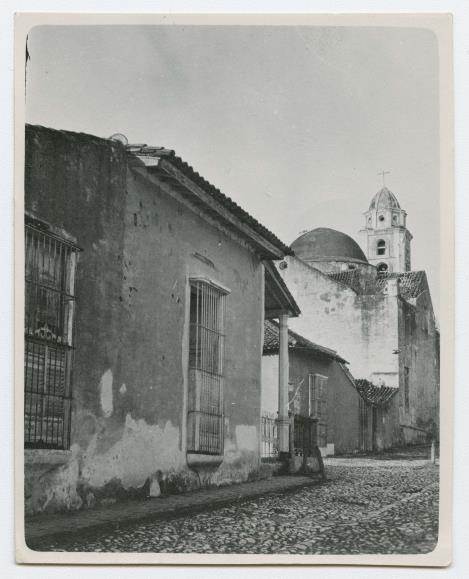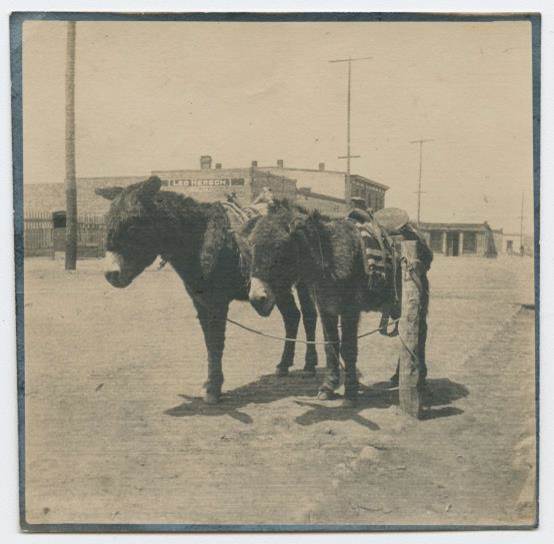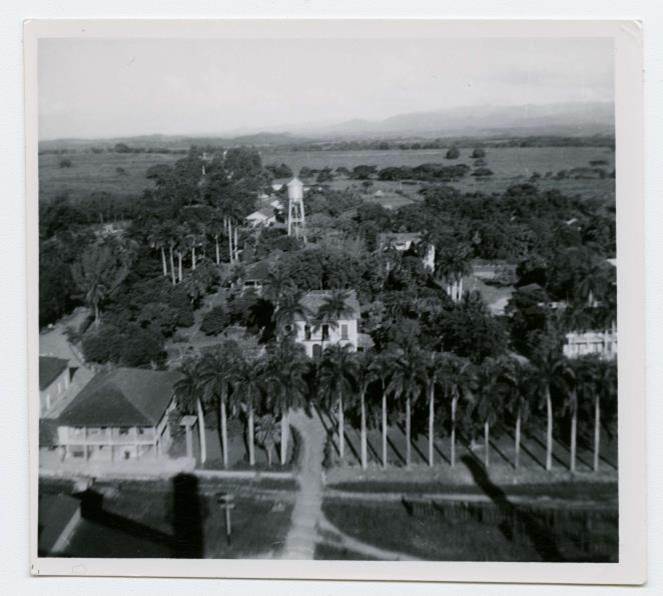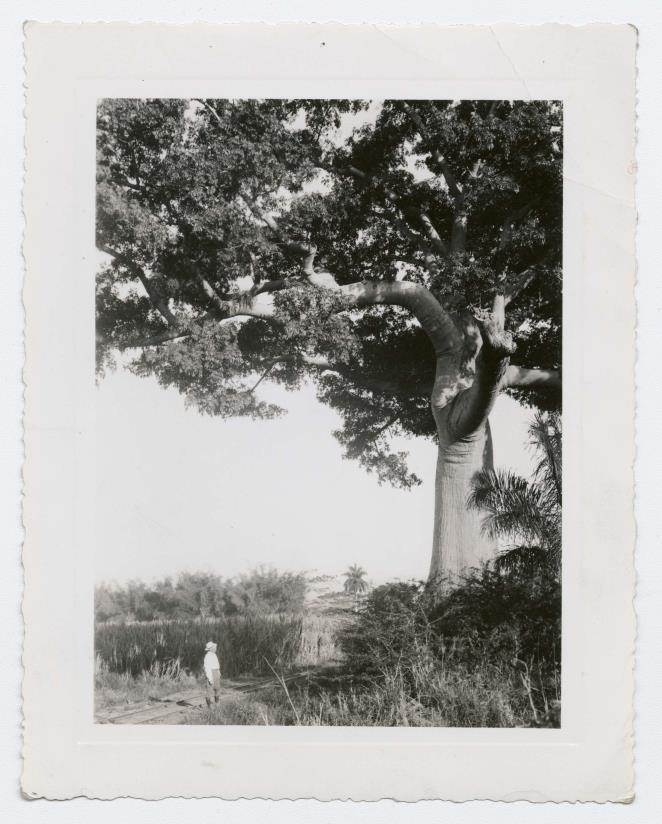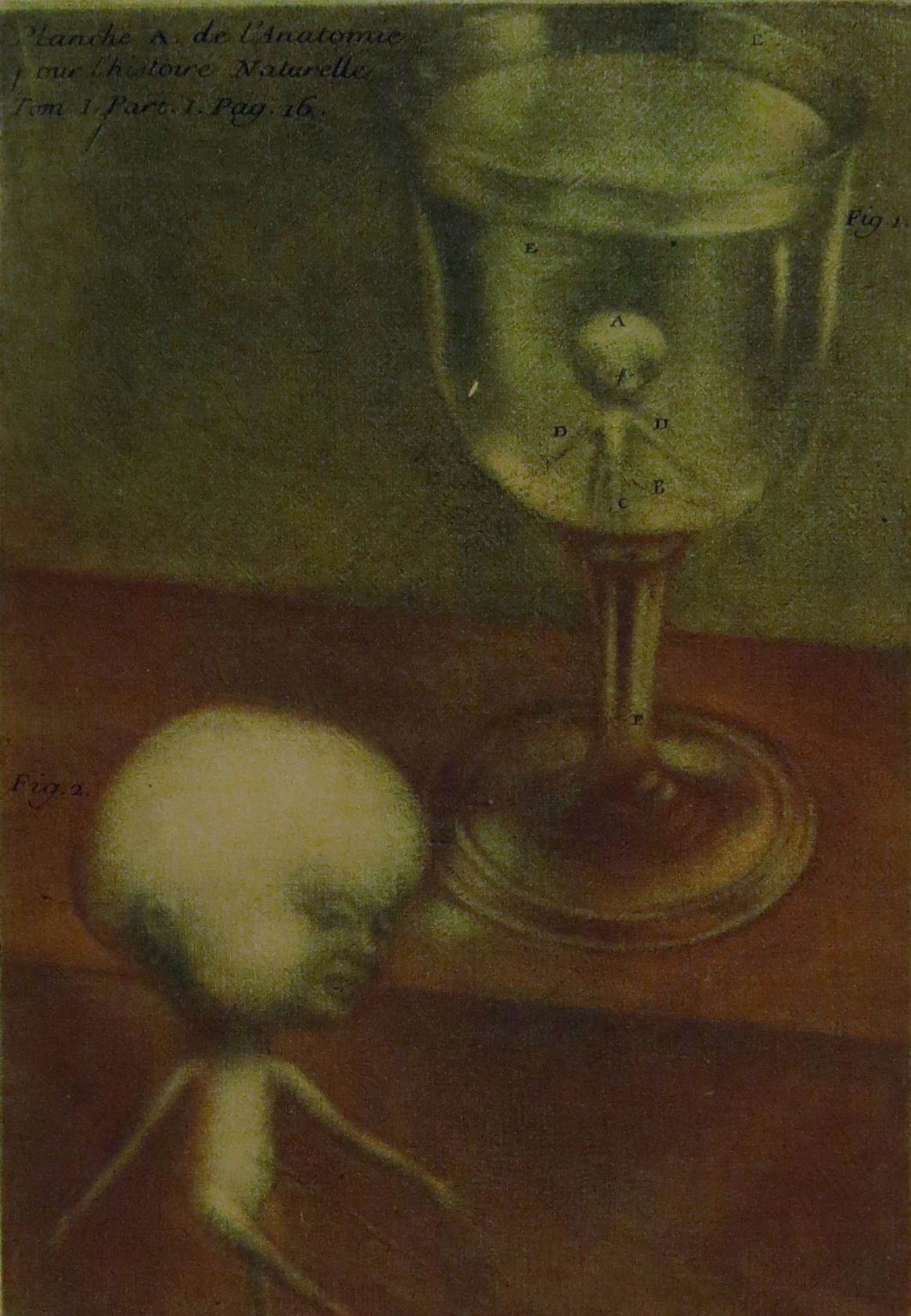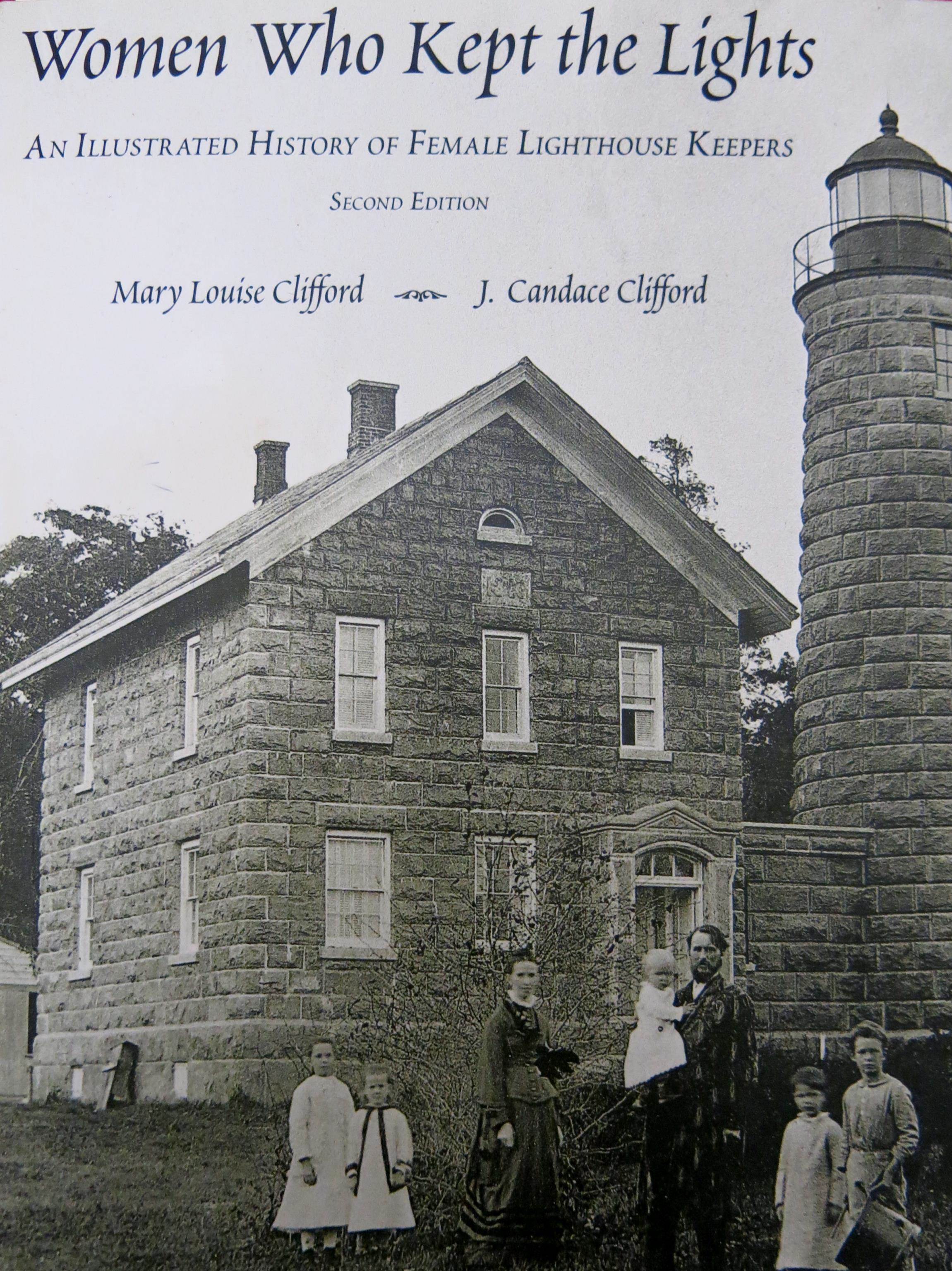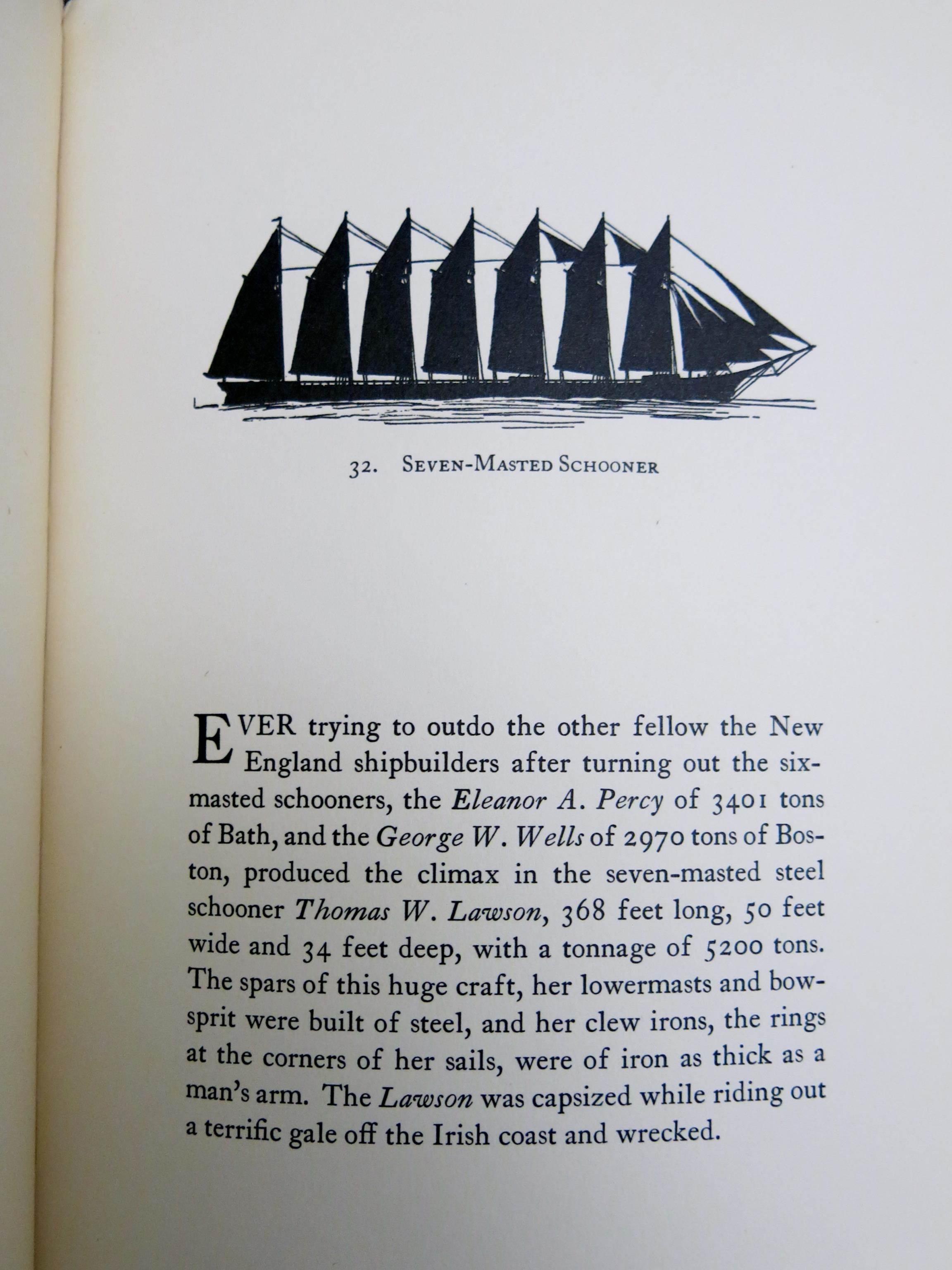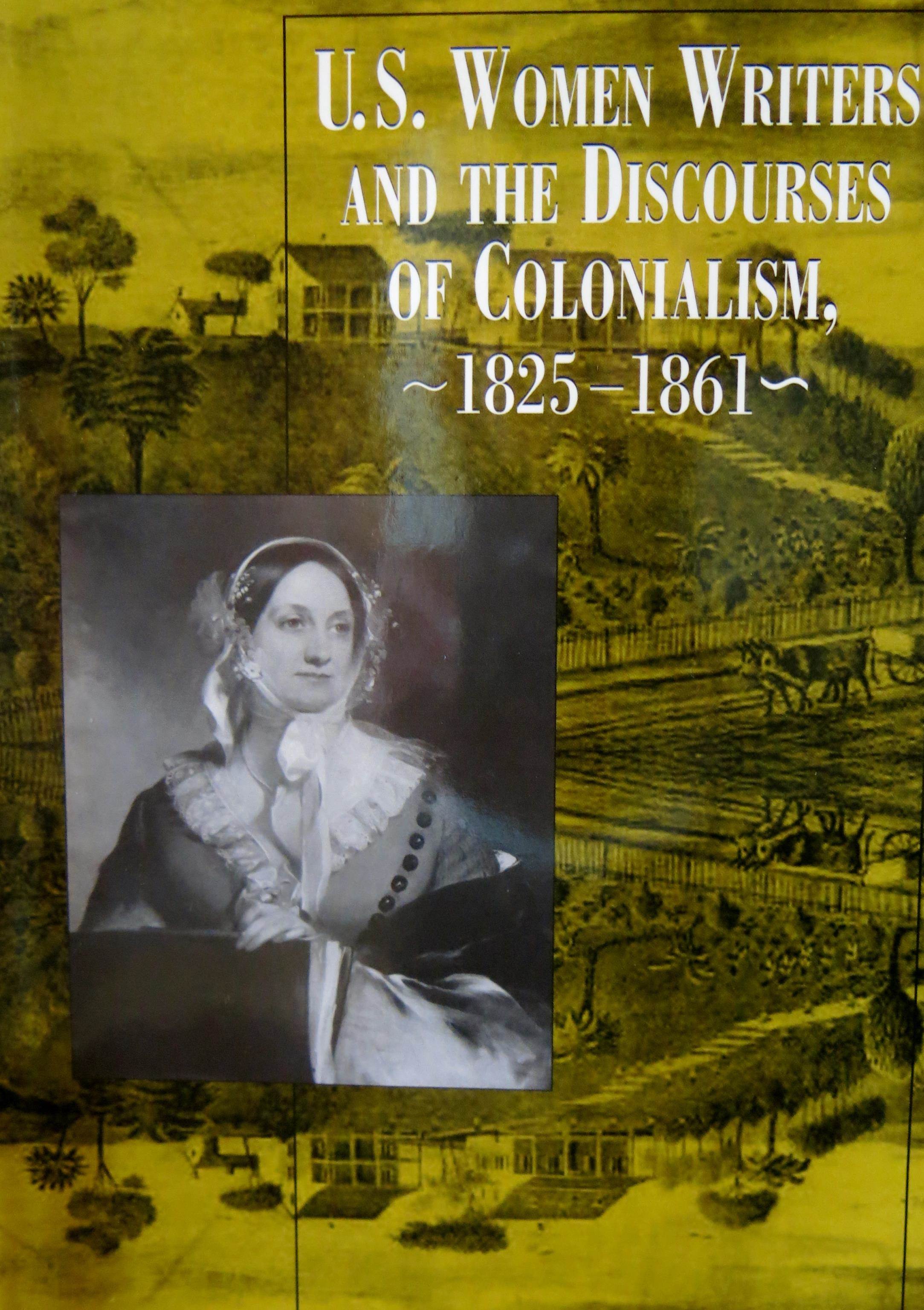By Anna Clutterbuck-Cook, Reader Services
Today, we return to the line-a-day diary of Margaret Russell. You can read previous installments here:
April of 1916 continues to be cold, with Margaret Russell reporting snow and cold temperatures throughout the month — although on an April 25th drive to Swampscott she notes “things coming up well.” Indeed, the messy spring weather does not seem to curtail Margaret’s mobility as she drives to Swampscott, Rowley, and Fairview, walks in the Arnold Arboretum, and takes a short trip to New York City by train.
April is also marked by more domestic matters. Margaret notes attendance every Sunday at the Episcopal Cathedral Church of St. Paul, on Tremont Street overlooking the Boston Common; during the week leading up to Easter Sunday she attends additional services every evening at five. Margaret’s April also sees a sobering number of deaths: “Mary Russell died at three,” “To see Annie whose brother Egerton W- died yesterday,” “Mrs. Wentworth’s funeral at 10.” Perhaps because of this steady stream of passings, Margaret also takes care to note more happy life events: “Went to see Perry to hear about wedding yesterday,” “Minnie Ames engaged to L. Frothingham.”
In the midst of these briefly recorded yet significant transitions in others’ lives, Margaret also continues her intense social schedule of club activities, musical performances, botany lessons, and lectures on unidentified topics. Shortly after Patriot’s Day (“holiday”) she attends a performance of Wagner’s Die Meistersinger von Nürnberg, “splendidly given” by a cast that included soprano Johanna Gadski (1870-1932) and Johannes Sembach (1881-1944), both on tour from Germany.
With a view across the first four months of the year, as readers of Margaret Russell’s diary it is becoming steadily clearer exactly how deeply embedded in the upper crust of Boston’s elite society Margaret was.
* * *
April 1916
1 April. Saturday – Walked for errands. Lunched early & went out to see Mrs. Haddes. Lovely warm day.
2 April. Sunday – Early service. Miss A- & I walked through Arboretum & back to Brookline. Lunched at H.G.C’s. Mary Russell died at three. Family to dine.
3 April. Monday – Hospital meeting – [illegible] lunched at Marian’s. Went to see Aunt Emma & Mary Amory.
4 April.Tuesday – Drove Miss Lamb out to funeral which was at the farm. Not many people & all arranged like Harry’s.
5 April. Wednesday – Mrs. Ward’s lecture.
6 April. Thursday – Meeting of M.G.H. Comm. Went for errands. Lunch club at Annie’s. To Dr. Crockett. Out to see Ellen at R[illegible].
7 April. Friday – Went to Swampscott in A.M. Concert – [illegible] – To see Annie whose brother Egerton W- died yesterday.
8 April. Saturday – Went to N. Y. at 10. Morning did errands – Kate is at Colony Club & we dined together.
9 April. Sunday – Snowing. Went to hear Dr. Parkes. After lunch tried to see Annie Lew. Dined at Mrs. West Roosevelt ^also [illegible]. Went to Mahler symphony. Very nice.
10 April. Monday – Mrs. Wentworth’s funeral at 10 [illegible] chapel. Walked back to club. Home on 10 o’clock. Found Mama very well.
11 April. Tuesday – Walked downtown. Interesting talk at Chilton by Miss Burke. Lunched at Marians. Went to Cambridge & saw Mary Amory.
12 April. Wednesday – Went to see Annie. Took 12.25 for Rowley in time for lunch.
13 April. Thursday – Lovely spring day with lots of birds. Elizabeth & I met to walk. After lunch drove to Fairview & bought a lot of things.
14 April. Friday – E & I met to walk & see the chickens. Raining & then heavy snow. Home after lunch. Still snowing.
15 April. Mrs. Tysen’s reading – drove to Swampscott.
16 April. Sunday – Church at Cathedral with Miss. A- lunch at H.G.C’s – Went to see Perry to hear about wedding yesterday. Edith & E. Ballantine.
17 April. Monday – Dressmaker – Mary – Lunch with Marian. Botany lesson & a drive. Church at five.
18 April. Tuesday – To see Dr. Haskell. Church at five. The Rev. George Douglas is preaching this week.
19 April. Holiday – Went to see Mrs. Bell & S. Bradley. Botany lesson & to see Aunt Emma. Church at five.
20 April. Thursday – Dentist. Miss Harman to play. Lunch club at Rosamund’s. Lecture on Jap. gardens. Church.
21 April. Friday – Church. Concert.
22 April. Saturday – Took flowers to Mt. Auburn & Forest Hills. Mrs. Tysen’s. Went to hear Meistersinger with Edith. Splendidly given. Gadski & Sembach.
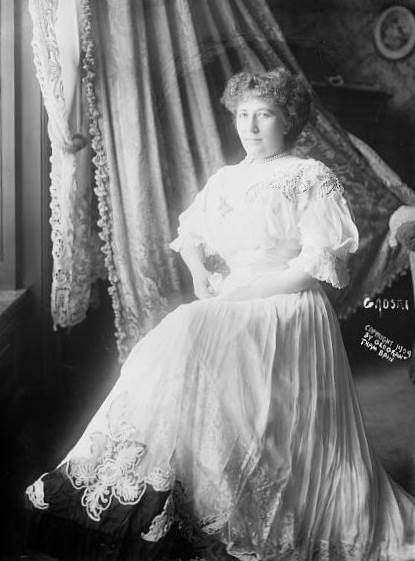
Johanna Gadski (1872 – 1932), German opera singer, soprano
23 April. Easter – Raining and cold. Church & to see Parkmans. Lunched at H.G.C’s. Family to dine.
24 April. Monday – Meeting of the CD’s [Colonial Dames] going to Wash. Mary. Lunch with Marian. Botany lesson at Cambridge. Still raining.
25 April. Tuesday – Went to Swampscott, things coming up well. Mr. Gibson’s funeral at Mt. Auburn. Back to Tuesday Club. Minnie Ames engaged to L. Frothingham.
26 April. Wednesday – Mrs. Ward’s lecture & then Botany lesson. Mayflower [illegible]. meeting. Musical at Emily Morison’s. Mary Parkman’s reception.
27 April. Thursday – Eye & Ear to see Eliz. Murray & then Errands. Took a drive & went to concert at H. Bigelow’s new house. Nice day but cold wind.
28 April. Friday – Snowing hard.
29 April. Saturday.
30 April. Sunday.
* * *
If you are interested in viewing the diary in person in our library or have other questions about the collection, please visit the library or contact a member of the library staff for further assistance.
*Please note that the diary transcription is a rough-and-ready version, not an authoritative transcript. Researchers wishing to use the diary in the course of their own work should verify the version found here with the manuscript original.










